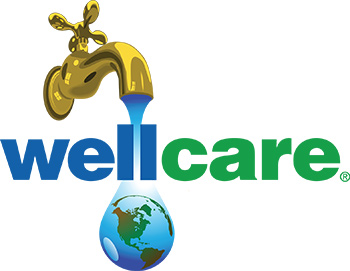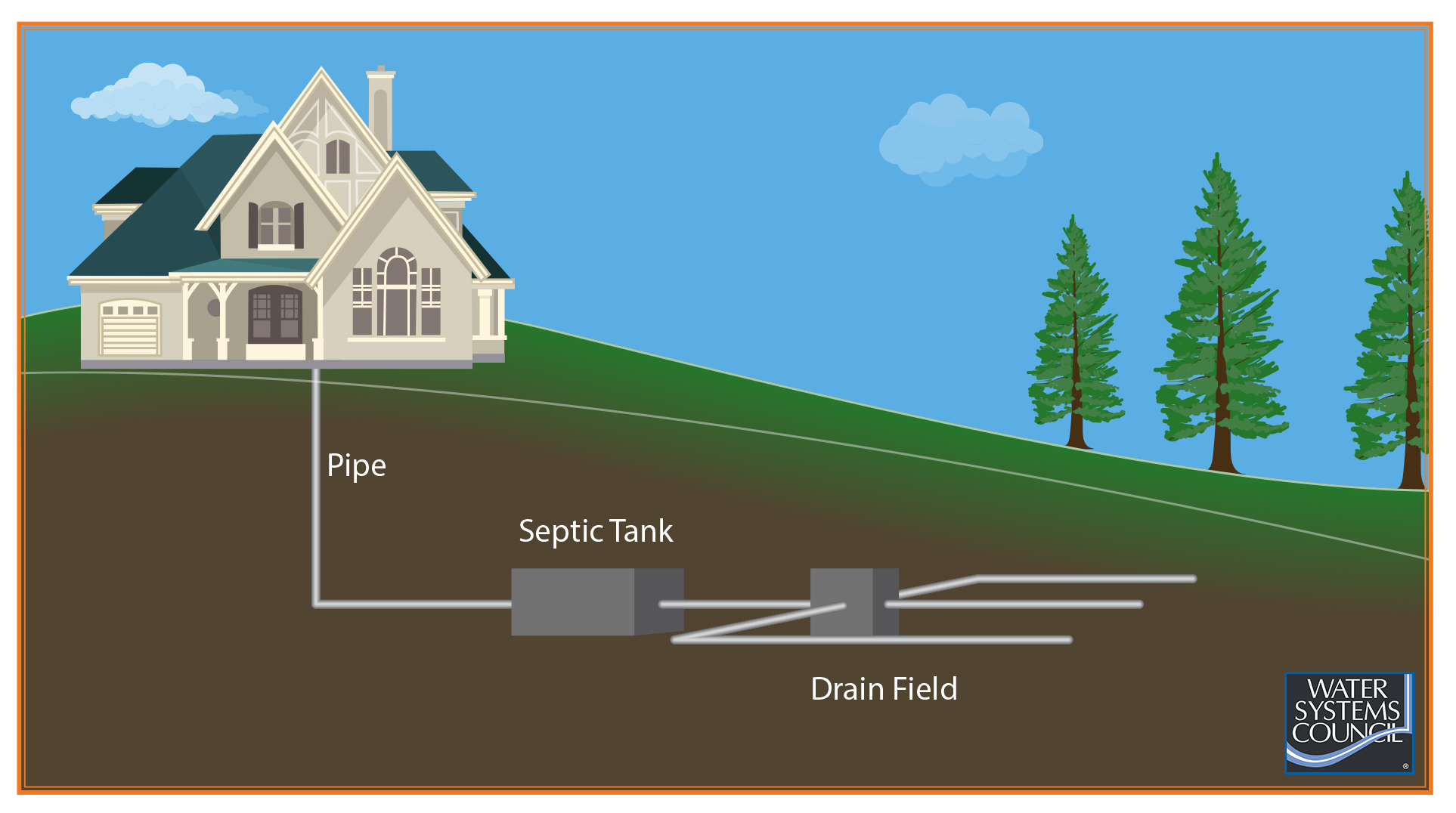Thinking of Sharing a Water Well with Your Neighbor? Here’s What You Need to Know
Sharing a water well can be a practical and cost-effective solution for neighbors, but it also comes with important legal, financial, and maintenance considerations. Before you agree to share your well—or tap into a neighbor’s—understanding the ins and outs of a shared well arrangement is essential.
From legal requirements to maintenance responsibilities, this FAQ covers the key questions homeowners often have about shared wells. Whether you’re considering an agreement or already sharing a well, these insights will help you navigate the process smoothly.
Is it legal to share a water well with my neighbor?
Yes, but the legality depends on local and state regulations. Some areas may require permits, water rights agreements, or compliance with health and environmental codes. It’s best to check with your local agencies before proceeding.
Should we have a written agreement?
Absolutely. A shared well agreement helps prevent misunderstandings and sets clear terms for usage, maintenance, costs, and dispute resolution. Having it legally documented can protect both parties in case of future disagreements.
What should be included in a shared well agreement?
A shared well agreement should cover, but is not limited to:
- Water Usage – How much water each party can use.
- Maintenance & Repairs – Who is responsible for the upkeep, and how costs will be split.
- Electricity Costs – How you will share the power used by the well pump.
- Liability & Dispute Resolution – What happens if something goes wrong.
- Termination Clause – How either party can end the arrangement if needed.
Who pays for maintenance and repairs?
This should be outlined in your agreement. Typically, costs are shared equally, but if one party uses significantly more water, they may be responsible for a larger portion.
Can my neighbor claim ownership of my well?
No, unless you legally transfer ownership or grant them water rights. A shared well agreement ensures that you remain the well owner while allowing water access to your neighbor under agreed terms.
What if my neighbor overuses the water or doesn’t pay their share?
A shared well agreement should include provisions for overuse, non-payment, and consequences for violating the terms. You may have legal options if the agreement is breached.
Are there water quality concerns when sharing a well?
Yes. Regular water testing should be done to ensure it meets health standards. If contamination occurs, both parties need to resolve the issue.
Can I stop sharing the well if I change my mind?
This depends on your agreement. If there’s a termination clause, you can follow the outlined process to end the arrangement. If no formal agreement exists, local laws may determine how you can discontinue access.
Do I need to notify the government about a shared well?
Some areas require registration or reporting to local agencies. Check with your county to confirm.
What if I sell my property?
If the shared well agreement is legally binding, it may transfer to the new owner. Ensure the buyer understands the arrangement before purchasing the property.
Download our information sheet on Sharing a Well and sample Shared Well Agreement. Contact an attorney for assistance with a shared well agreement and understanding laws in your state. Your state Bar Association may have resources to help find an attorney.



